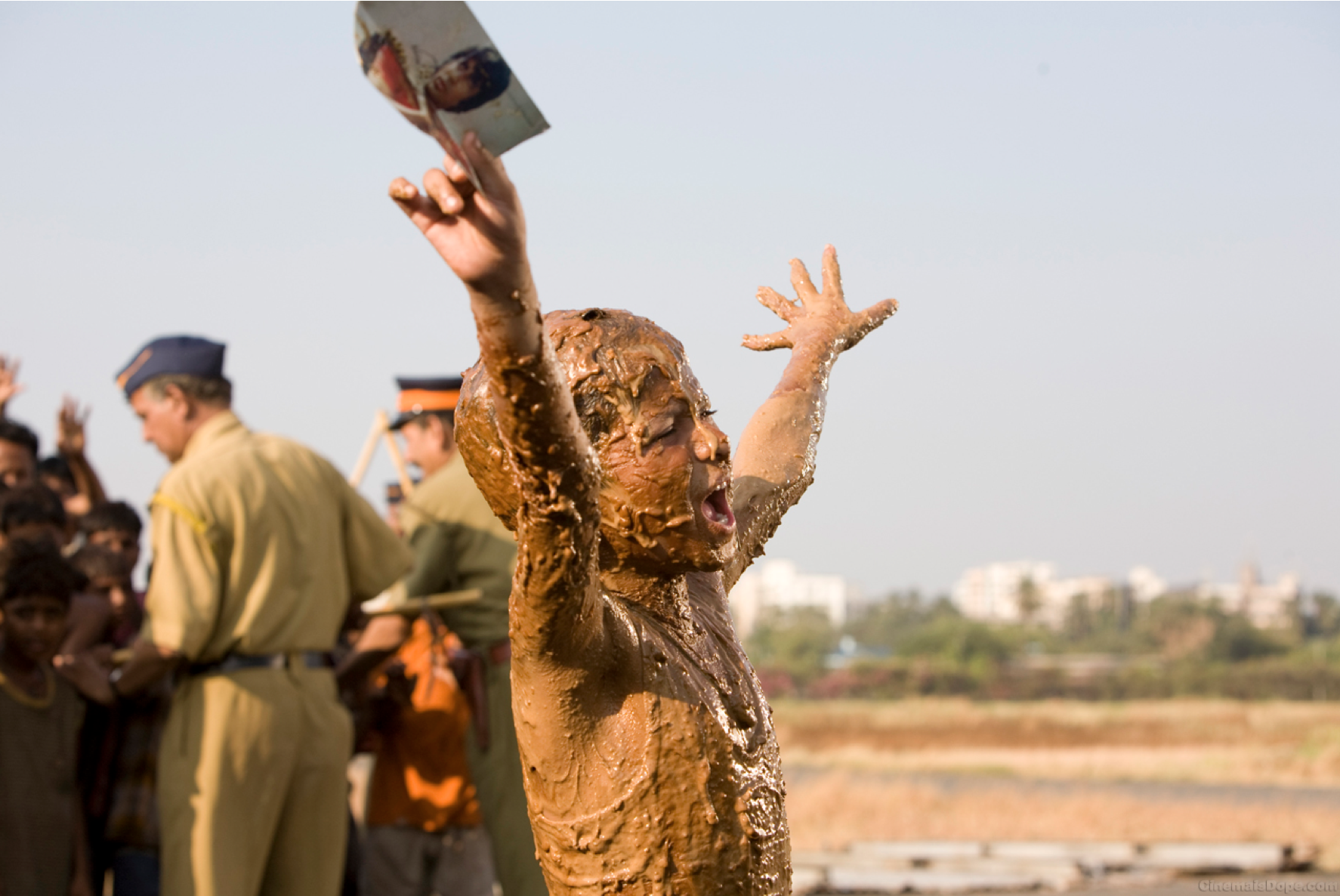
What if I told you that in every gram of poop you can find:
100 parasitic eggs,
1,000 parasitic cysts
1,000,000 bacteria
10,000,000 viruses
(UNICEF)
I think I would respond by saying wow that’s incredibly gross, but so what?
I’ve come to understand that there are literally millions of people in this world who have to deal with this “grossness” on a constant, and dare I say, intimate basis. For instance, 31% of children in the developing world have no toilets facilities whatsoever (UNICEF). None whatsoever! Please allow me to say the question that is currently burning in your mind: Where in the world does all that shit go? Quite unfortunately, the answer to that question is anywhere and everywhere. That definitely wasn’t a problem for our ancestors right? Back in the tribal days, all you had to do was head out into the woods… and just do your business. I actually imagine it to be a very relaxing/spiritual affair, out in the open, in nature.
But what happens today if you don’t have a toilet, and there is nowhere to go? As unrelatable as that may seem, just think about that awkward time when you really had to go, like really bad. And your closest porcelain savoir was so far out of reach that you’d rather internally combust then allow the potty gods to impose their will on your innocent bowels. Its ok, we’ve all been there. Now lets bring it back to our kids in the world who don’t even have toilet access at all. As if not having a toilet wasn’t enough, imagine sharing one square mile with one million other people. No exaggeration because what I am currently describing could very easily be Neza-Chalco-Itza. One of Mexico City’s many barrios; Neza-Chalco-Itza is the worlds largest slum with 4 million residents (IBTimes).
So, we’ve got no place to defecate and we have a lot of people living really close to each other. Now lets make this cheery situation even more precarious. What if your home – the place where you eat, you play, you sleep – doesn’t even have a proper floor. No fancy tiles, no beautifully stained hardwoods, not even a slab of cold cement, just a doo doo brown mud/dirt floor. In fact, 34% of the developing worlds children have to live in dwellings with more than five people per room or which have mud flooring (UNICEF, 2013). Without an adequate barrier that separates outside from inside, the phrase ‘don’t shit where you eat’ basically becomes a pipe dream. How do you prevent 10 million viruses (human excrement being the medium) from coming into your living space? There is no amount of Lysol in the world that will rid a dirt floor of the hundreds of parasitic eggs and millions of bacteria that you might find in one measly gram of feces.
Here’s the sad truth: 3 million children die each year from parasitic infections attributable to diarrhea.
What if I told you that something so simple, so low tech, could save a crazy amount of lives and could literally make kids smarter, provide them more nourishment, and just make people feel better.
Yes, you guessed it, something as simple as concrete!
Since 2000, the Mexican government has installed cement flooring in over 300,000 homes that had previously reported having dirt floors. This massive initiative is called Piso Firme, which in English translates as “firm floor”. Here’s the idea; the easiest and most cost effective way to improve life for Mexico’s disadvantaged urban populations was to pave dirt floor homes with cement flooring. The program’s stated objective was to first, improve the physical home environment for families living on dirt floors. So you have a dirt floor, and I give you a hard floor, OK, check. Second, the program aimed to improve child health by reducing the presence of intestinal parasitic infestations, check. As matter of fact, you can put a gold star next to that check!
An impact evaluation of Piso Firme published by the World Bank actually found dramatic improvements across several indicators. I’m talking about a 78% reduction in parasitic infections, as much as a 96% improvement in cognitive development, and an 81% reduction in anemia (Cattaneo et al 2007). Talk about results. And here’s the best part. It’s COST EFFECTIVE. In the Mexican context, the cost of replacing dirt floors is a one-time $150 expenditure per house. Obviously, depending on resources and capacity, that price level could vary depending on specific location. But if you told me that I could dramatically improve the health of a child by paving over their dirt floor with cement, I’d say well where do I sign up! In addition, paving over a dirt floor proves to be a much more cost effective solution when compared to say, plumbing. With plumbing, you need the infrastructure to already be there. With concrete flooring on the other hand, all you need is four walls and a dirt floor.
The fascinating thing is that this simple design element has the potential to dramatically change so many lives. If you really think about it, how else would you be able to sanitize the floor of your home if it was all dirt? Concrete flooring provides both a cleanable surface and a barrier against parasitic infestation. So sure, in a slum, there may still be feces everywhere. But an improved home is a great place to start when trying to ensure a strong foundation for good health & hygiene. And this my friends … I shit you not.
Bobby Derval, External Relations Officer
